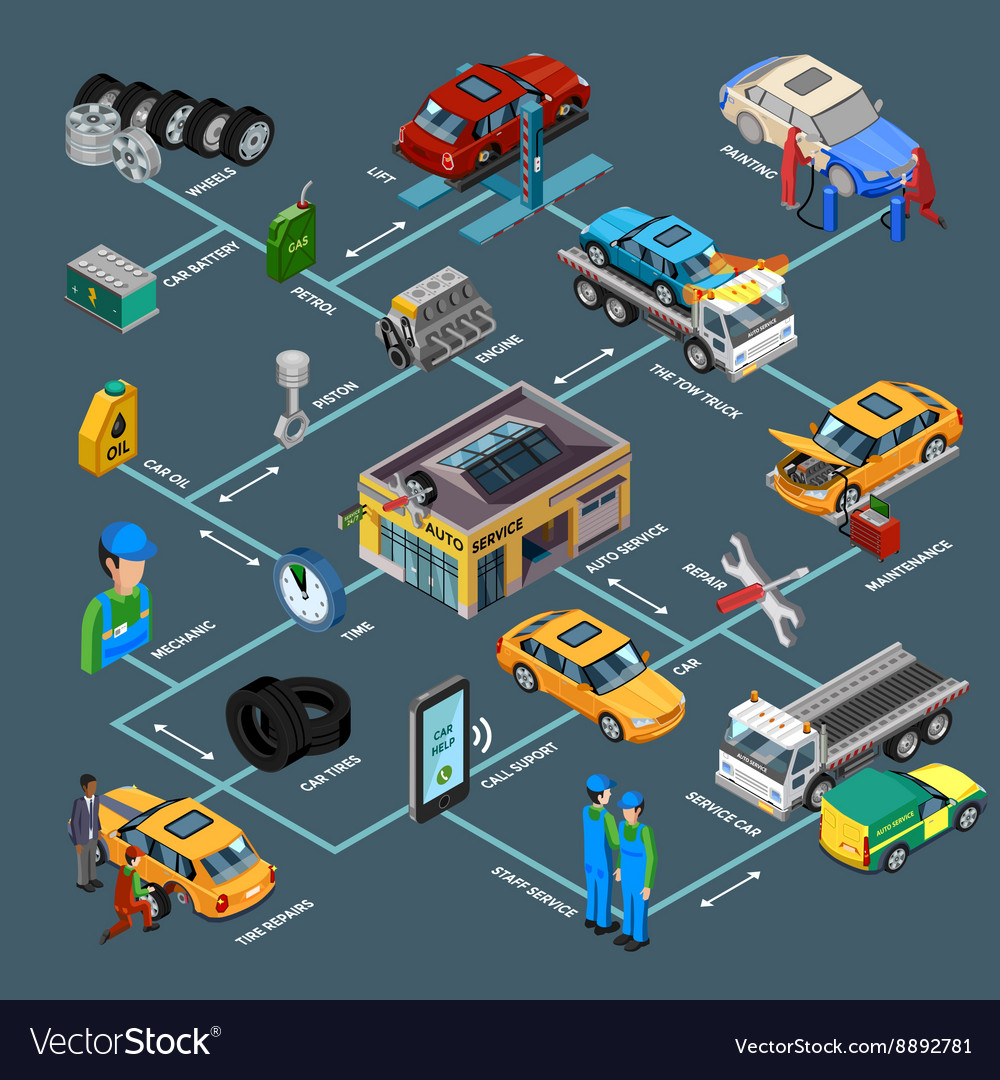When you lag the wheel, those glowing warning lights on your control panel can be a bit puzzling. Do you understand what they're trying to tell you concerning your car's health and wellness? Recognizing the significance of these lights is vital for your safety and security and the durability of your car. So, the next time one of those lights turns up, would not you want to decode its message properly and take the required actions to resolve it?
Common Caution Lighting and Interpretations
Recognize typical caution lights in your auto and understand their definitions to guarantee secure driving.
The most typical caution lights consist of the check engine light, which indicates problems with the engine or exhausts system. If car interior grooming comes on, it's essential to have your lorry examined without delay.
The oil stress cautioning light shows reduced oil pressure, calling for instant attention to prevent engine damages.
visit the up coming document flashing battery light could recommend a malfunctioning charging system, possibly leaving you stranded otherwise attended to.
The tire stress tracking system (TPMS) light alerts you to low tire stress, influencing lorry security and fuel effectiveness. Ignoring this might lead to dangerous driving problems.
The ABS light suggests a problem with the anti-lock braking system, endangering your capability to stop rapidly in emergencies.
Lastly, the coolant temperature level advising light warns of engine getting too hot, which can result in serious damage otherwise settled swiftly.
Understanding these common warning lights will certainly help you deal with concerns promptly and maintain safe driving problems.
Significance of Prompt Interest
Understanding the usual warning lights in your cars and truck is just the initial step; the importance of promptly attending to these cautions can not be emphasized enough to ensure your safety and security when traveling.
When a warning light illuminates on your control panel, it's your car's method of communicating a potential concern that needs interest. Neglecting these cautions can cause extra severe troubles later on, compromising your safety and security and potentially costing you more in repairs.
Prompt focus to alerting lights can prevent malfunctions and accidents. For example, a blinking check engine light could suggest a misfire that, if left unattended, might create damages to the catalytic converter. Resolving this quickly can conserve you from a pricey fixing.
In a similar way, a brake system advising light could signal reduced brake liquid or worn brake pads, crucial parts for your safety when driving.
Do It Yourself Troubleshooting Tips
If you notice a caution light on your dashboard, there are a couple of do it yourself troubleshooting ideas you can attempt prior to looking for professional assistance.
The initial step is to consult your auto's handbook to recognize what the specific caution light suggests. Often Click Webpage can be as basic as a loosened gas cap activating the check engine light. Tightening up the gas cap may solve the trouble.
Another typical problem is a low battery, which can cause numerous cautioning lights. Examining the battery connections for deterioration and guaranteeing they're protected may take care of the issue.
If a caution light continues, you can attempt resetting it by separating the automobile's battery for a few mins and then reconnecting it. In addition, checking your vehicle's liquid levels, such as oil, coolant, and brake liquid, can aid troubleshoot warning lights related to these systems.
Verdict
To conclude, recognizing your cars and truck's caution lights is essential for maintaining your automobile running smoothly and safely. By promptly resolving these signals and understanding what they indicate, you can avoid expensive repairs and possible malfunctions.
Bear in mind to consult your automobile's manual for particular details on each warning light and act appropriately to ensure a trouble-free driving experience.
Keep educated, remain secure when driving!
